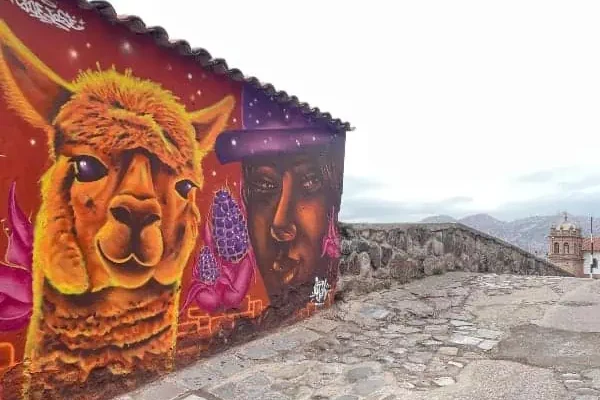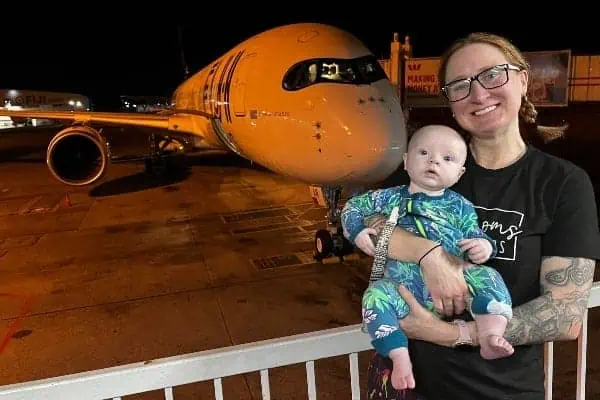Mark Zuehlke was a writer-in-residence at Berton House in 2003. At the time he had just finished several books on the history of the Canadian Forces actions in Italy during World War II and had brought along copious file boxes full of material for his work on the D-Day offensive on the other side of the continent.
He would return to Italy a few years later to chronicle the liberation of Sicily in Operation Husky: The Canadian Invasion of Sicily, July 10–August 7, 1943 (Douglas & McIntyre, 2008), but had no idea then that he would be returning in a more personal way in 2013 to participate in a 300-kilometre march in the footsteps taken by the soldiers of 1st Canadian Infantry Division.
This act of remembrance, called Operation Husky 2013, was the brainchild of Steve Gregory, a Montreal businessman who was inspired partly by his visit to the Canadian War Cemetery in Agira, Sicily, in 2006, and partly by reading Zuehlke’s book.
Gregory had grandiose plans for a massive march up the route with 100 walkers, many ceremonies and a lot of official participation by various governments in both countries. In the end it was a somewhat smaller event than he had hoped, but he talked Zuehlke and his partner, Frances Backhouse (also a Berton House alumnus), into being part of the group of 10 that eventually committed to walk the route.
The long walk took place in July 2013, but Zuehlke says that he’d realized as early as the previous February, when he had begun a regime of daily long walks in preparation, that there would be a book. Through Blood and Sweat: A Remembrance Trek Across Sicily’s World War II Battlegrounds (Douglas & McIntyre, 2015), is that story.
Coincidentally, Whitehorse filmmaker Max Fraser and his partner, Arlin McFarlin, were also along for the trip, shooting the footage that would become Bond of Strangers: The Operation Husky Story.
The two men premiered their productions in Whitehorse in a joint event at the Yukon Arts Centre on October 28. I spoke with Mark via Skype from Max’s house the day before.
“When Steve first approached me,” Zuehlke said, “it seemed like such an ambitious and complicated program being organized by one man – it was just Steve really. My reaction was to wonder how one individual could make something this big happen.”
He’d been approached by other people in the past with what he thought were hair-brained schemes that came to nothing, so that was what he expected from this contact.
“But Steve just would not go away. He kept coming back. I became convinced that if anyone could pull it off it would probably be Steve Gregory. And that’s when I sort of bought in on it.”
Aside from walking and participating in ceremonies in each town and village along the route, Zuehlke spent up to several hours daily keeping a journal and posting to a Facebook site that can still be seen online. Some of this material was useful in writing the book. In addition there were interviews and conversations with participants.
“It was such an intense experience,” he said, “that when they got back home people were thinking about it for months on end, putting their lives into perspective.”




